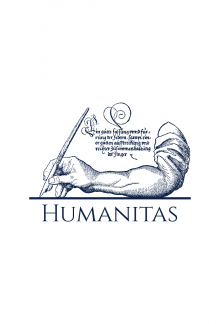- Titulinis
- Dalykinė ir mokslinė literatūra
- Technologijos mokslai
- Elektros ir elektronikos inžinerija
- Discrete Networked Dynamic Systems

Yuanqing Xia
Discrete Networked Dynamic Systems
Balsavo 0
ISBN: 9780128236987
Autorius : Yuanqing Xia
Leidimo metai: 2020
Leidėjas: Academic Press
Leidinio kalba: Anglų
Formatas: Minkšti viršeliai
Formatas: 9×6
Autorius : Yuanqing Xia
Leidimo metai: 2020
Leidėjas: Academic Press
Leidinio kalba: Anglų
Formatas: Minkšti viršeliai
Formatas: 9×6
Kaina:
Šių parametrų produkto neturime
Likutis pakankamas
Iš leidyklos gausime per 3-5 savaitės. Galimas vėlavimas
Turime sandėlyje. Pristatymas Lietuvoje 1-4 d.d.
Iš leidyklos gausime per 3-5 savaitės. Galimas vėlavimas
Pristatymo sąlygos
Aprašymas
<p><i>Discrete Networked Dynamic Systems: Analysis and Performance </i>provides a high-level treatment of a general class of linear discrete-time dynamic systems interconnected over an information network, exchanging relative state measurements or output measurements. It presents a systematic analysis of the material and provides an account to the math development in a unified way.</p> <p>The topics in this book are structured along four dimensions: Agent, Environment, Interaction, and Organization, while keeping global (system-centered) and local (agent-centered) viewpoints. </p> <p>The focus is on the wide-sense consensus problem in discrete networked dynamic systems. The authors rely heavily on algebraic graph theory and topology to derive their results. It is known that graphs play an important role in the analysis of interactions between multiagent/distributed systems. Graph-theoretic analysis provides insight into how topological interactions play a role in achieving coordination among agents. Numerous types of graphs exist in the literature, depending on the edge set of G. A simple graph has no self-loop or edges. Complete graphs are simple graphs with an edge connecting any pair of vertices. The vertex set in a bipartite graph can be partitioned into disjoint non-empty vertex sets, whereby there is an edge connecting every vertex in one set to every vertex in the other set. Random graphs have fixed vertex sets, but the edge set exhibits stochastic behavior modeled by probability functions. Much of the studies in coordination control are based on deterministic/fixed graphs, switching graphs, and random graphs.</p>
Atsiliepimai (0)
Palikite atsiliepimą
